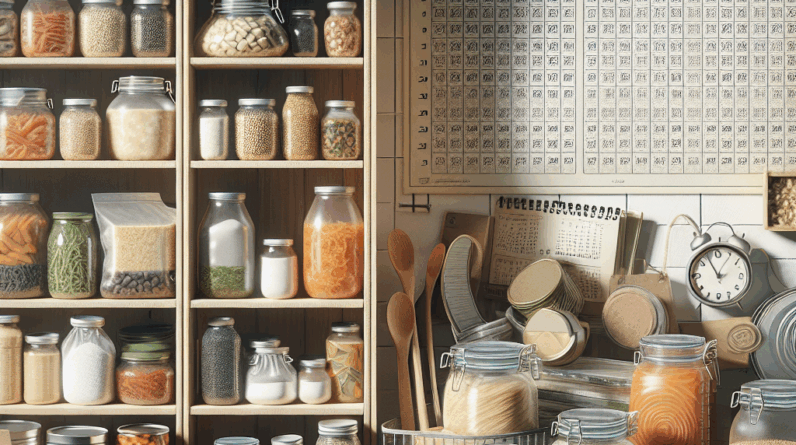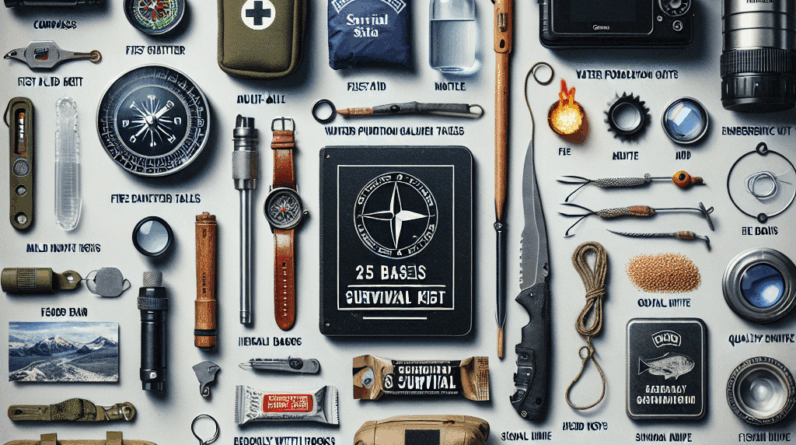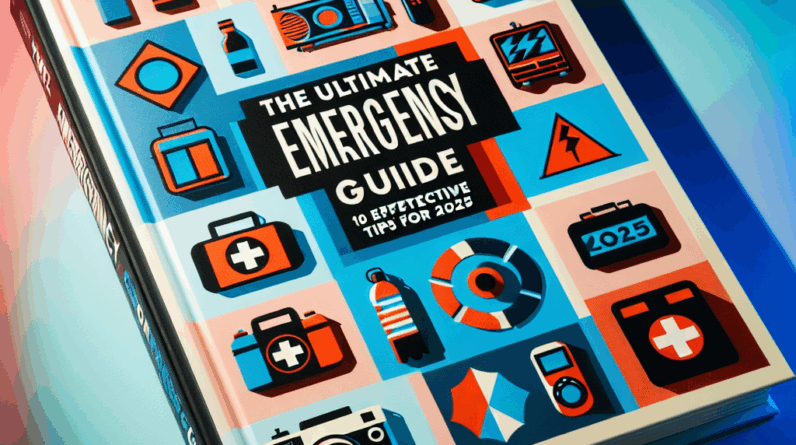
As winter approaches, being prepared for emergencies, especially in freezing temperatures, becomes crucial. Here’s how you can keep warm and safe when the cold hits hard.
Layer Up with Clothing
When the cold season strikes, my first thought is always about how to effectively layer my clothes. Layering is more than just a way to look good—it’s essential for survival. By layering, you trap body heat between each layer, providing a thick barrier of insulation that keeps you warm. Opting for multiple layers rather than a single heavy coat is a more effective strategy for staying warm.
The strategy is straightforward: start with a base layer that wicks moisture away from your body, add a middle layer like fleece or wool for insulation, and top it off with a protective outer shell to shield against wind and rain. This combination has proven to be highly effective in maintaining warmth in cold conditions.
Moreover, covering your extremities should not be overlooked. Wearing gloves and hats is crucial as significant heat can be lost through the head and hands. Investing in good quality accessories can make a substantial difference in comfort and warmth when outdoors.
Utilize Your Space Wisely
Staying indoors during a winter emergency can be made more bearable by how you manage your living space. I recall a severe snowstorm where the power was knocked out, and my immediate response was to huddle everyone into one room. This strategy uses body heat collectively to warm a confined space more efficiently than trying to heat a whole house.
Blankets are invaluable in such situations. I always make sure to have plenty of blankets handy in communal areas, allowing us to bundle up and create a warm, snug environment—sometimes even constructing a blanket fort to add an extra layer of insulation from the cold.
If you have access to portable heaters or can safely use your stove, these can also be a source of warmth. I’ve used a camping stove inside with adequate ventilation to warm up the room safely. It’s crucial, however, to be vigilant about the risks of carbon monoxide in such setups.
Stay Active for Heat
To combat the penetrating winter cold, I find that physical activity is incredibly effective. Engaging in simple exercises like jumping jacks, or even a quick walk around the block if it’s safe, can generate body heat and help maintain a comfortable temperature.
Engaging in physical activities not only wards off the chill but also lifts spirits during the dreary winter months. Household tasks like cleaning or snow shoveling can also double as a form of exercise, providing both a warm environment and a brighter mood.
It’s important to be mindful of your physical limits, though; too much activity can lead to sweating which might make you feel colder once you stop moving. A moderate amount of exercise can have a significant warming effect without the downside of cooling sweat.
Heating Options and Safety
During winter emergencies, finding alternative sources of heat becomes a priority but it also introduces risks. I often turn to candles, propane heaters, or a fireplace if available. However, safety should always be the top priority.
Awareness about carbon monoxide is essential—this odorless, colorless gas can be deadly. Investing in a battery-operated carbon monoxide detector is crucial if you’re using combustion-based heat sources. These precautionary steps can save lives.
Additionally, it’s vital to never leave heaters or open flames unattended. I’ve had a close call with a forgotten candle that could have ended disastrously. When trying to stay warm, it’s easy to become distracted, so maintaining awareness of your heat sources is critical.
Stay Hydrated and Nourished
It might seem less intuitive, but maintaining hydration is critical during cold weather emergencies. The dry winter air can dehydrate the body quicker than one might expect, and staying hydrated helps keep the body’s thermal regulation systems working effectively.
Warming up with soups and hot drinks is both comforting and practical. These not only provide warmth but also nourish the body, aiding in heat production. Keeping a stock of instant soups and beverages can be a lifesaver when you need to warm up quickly.
FAQ
1. What should I wear to stay warm during winter emergencies?
Layer your clothing starting with a moisture-wicking base, followed by an insulating layer, and a protective outer shell. Don’t forget accessories like hats and gloves.
2. How can I keep my home warm without power?
Concentrate family members in one room, use blankets to insulate, and safely use any available portable or alternative heat sources.
3. What activities can help me stay warm?
Engaging in physical activities like exercises or chores can generate heat and help you maintain a comfortable temperature.
4. Are there any safety tips for using alternative heat sources?
Ensure proper ventilation, use carbon monoxide detectors, and never leave heat sources unattended. Always have a fire extinguisher nearby as a precaution.
5. Why is hydration important during winter?
Dehydration can occur quickly in dry winter air, impairing your body’s warmth and energy levels. Warm beverages and soups can help keep you hydrated and warm.




